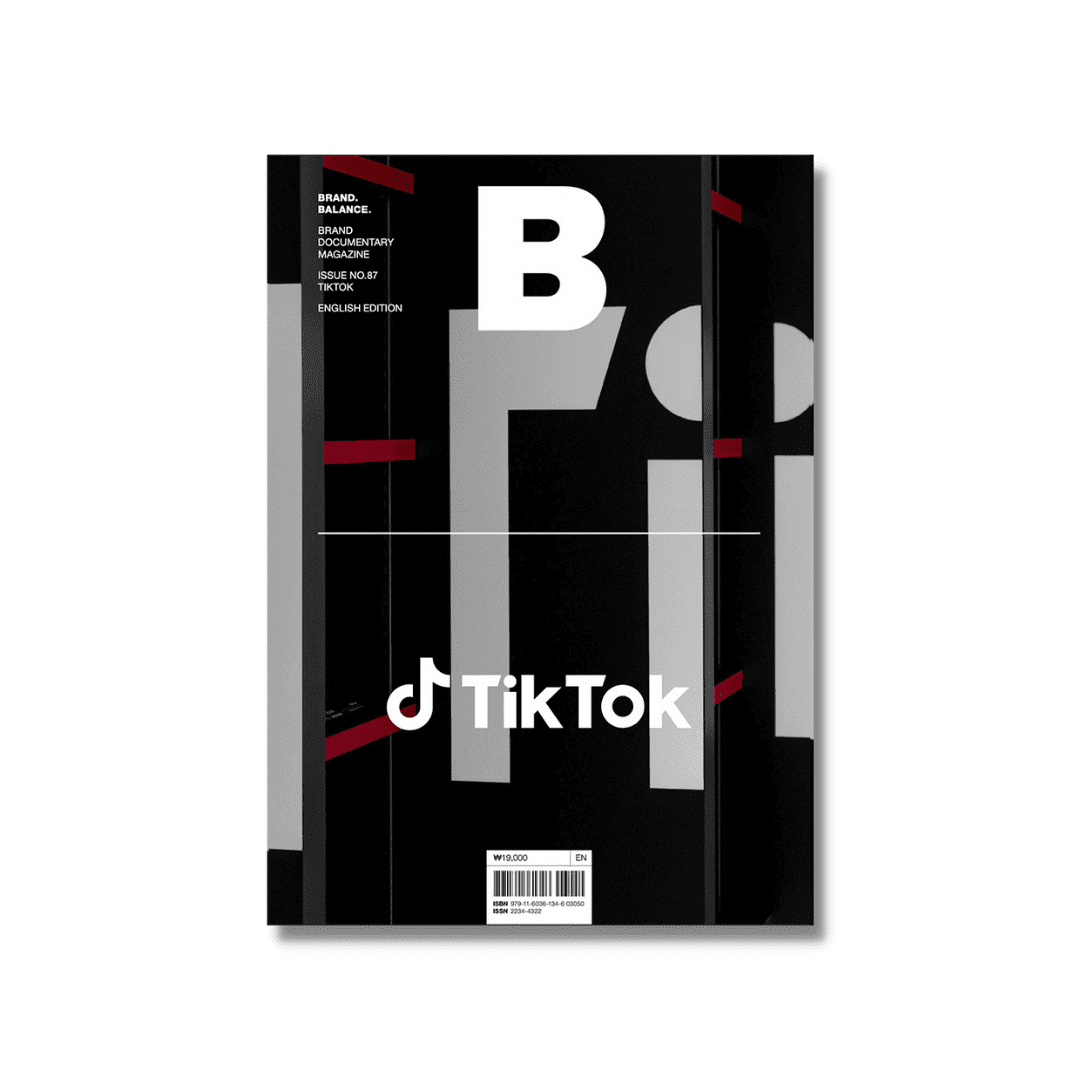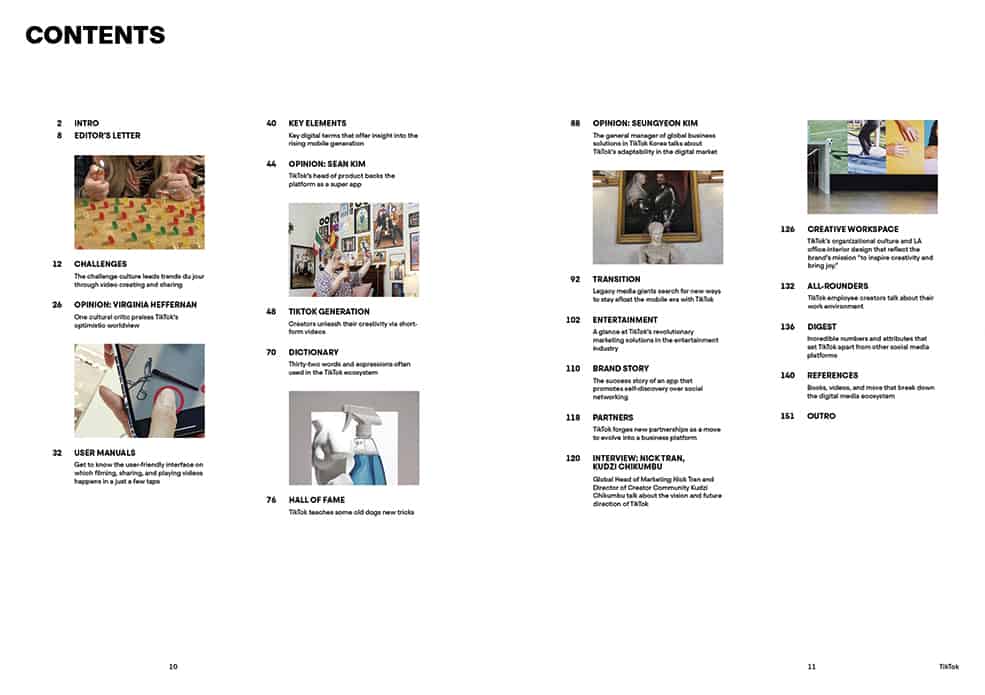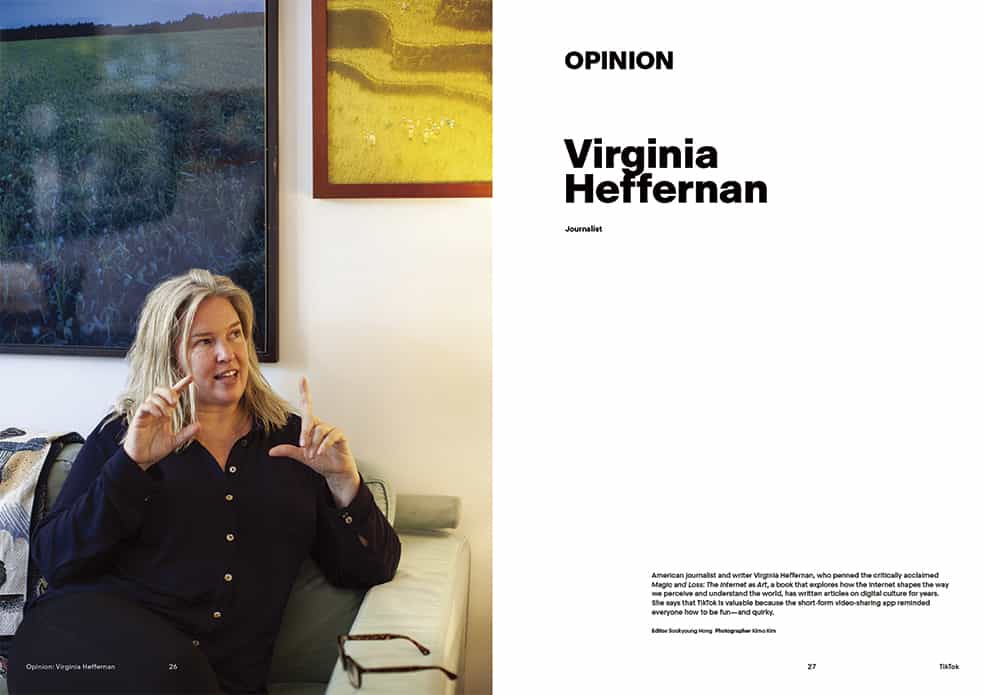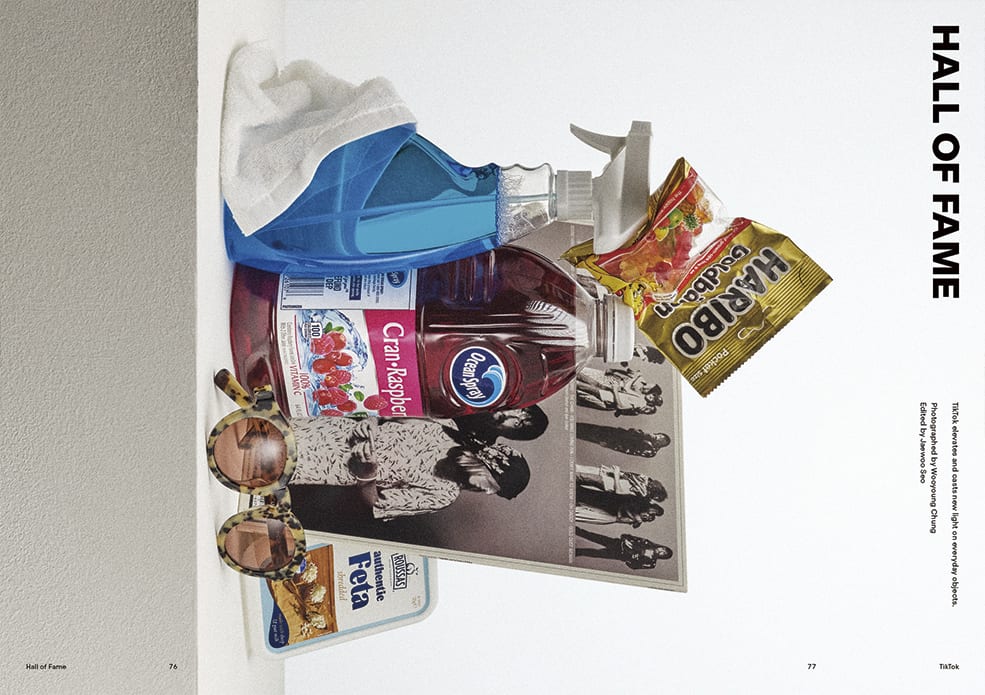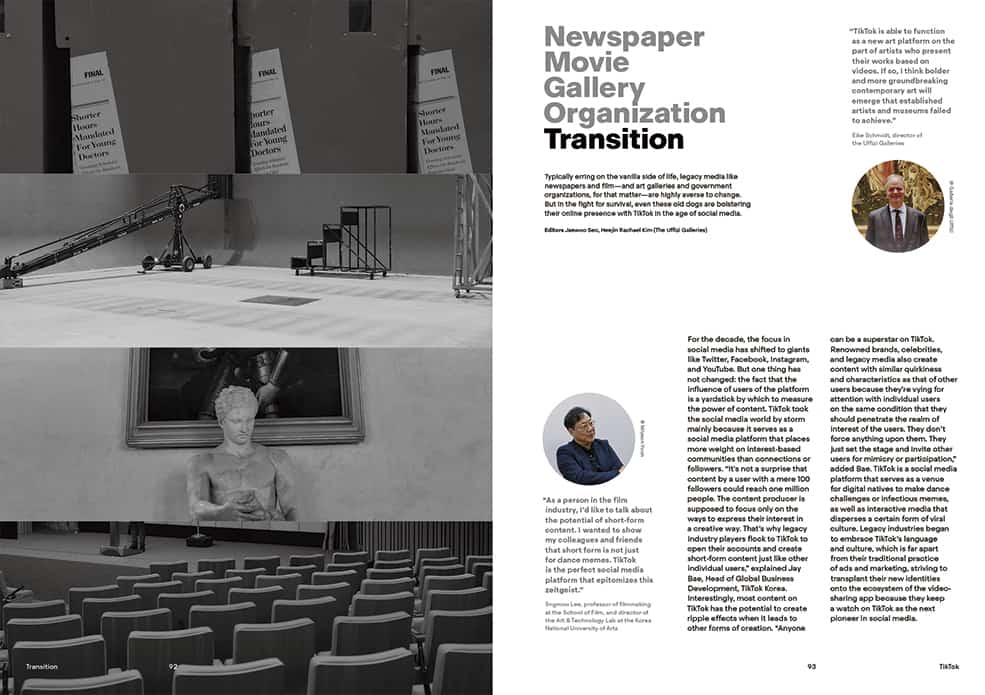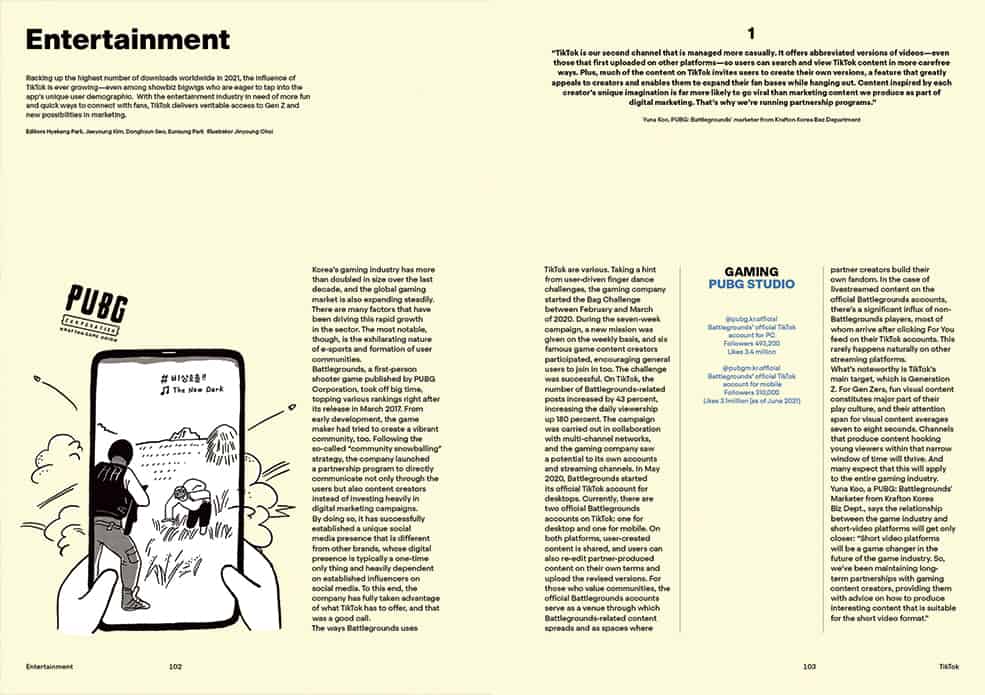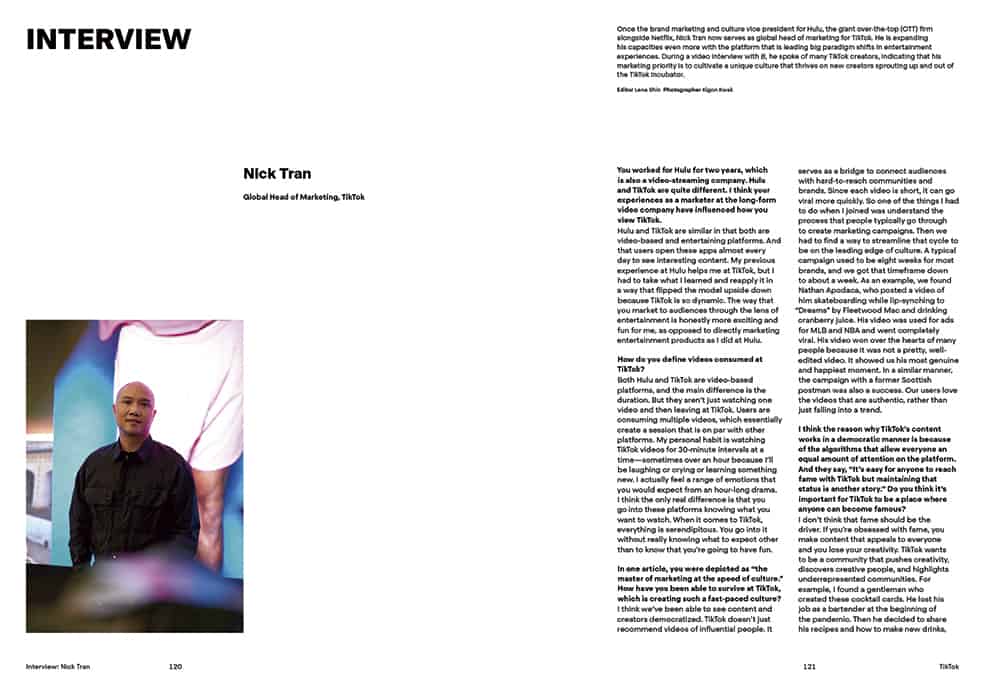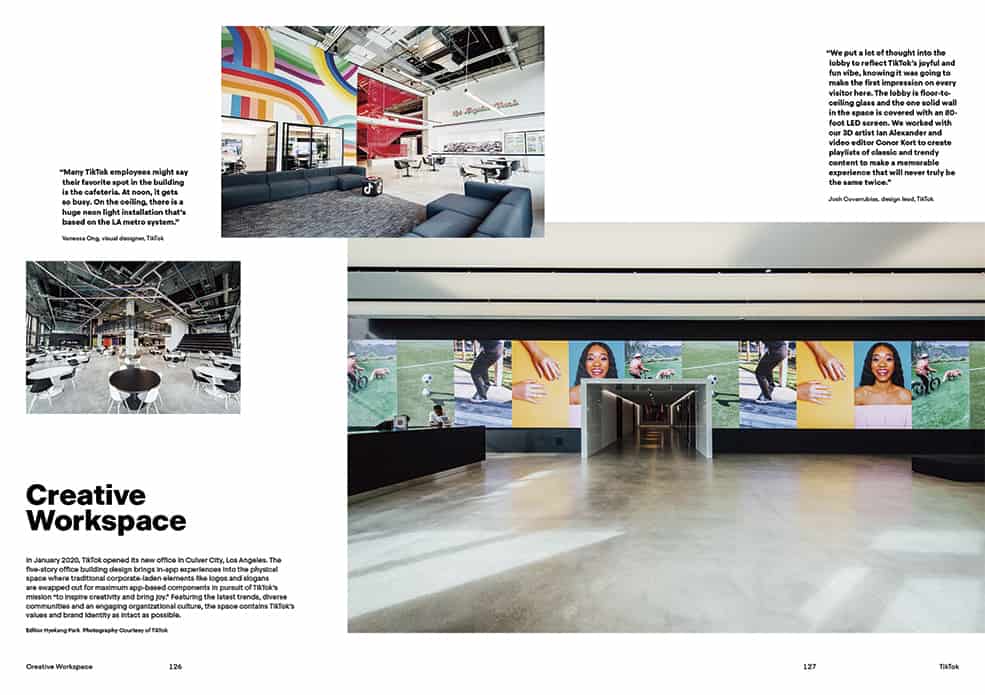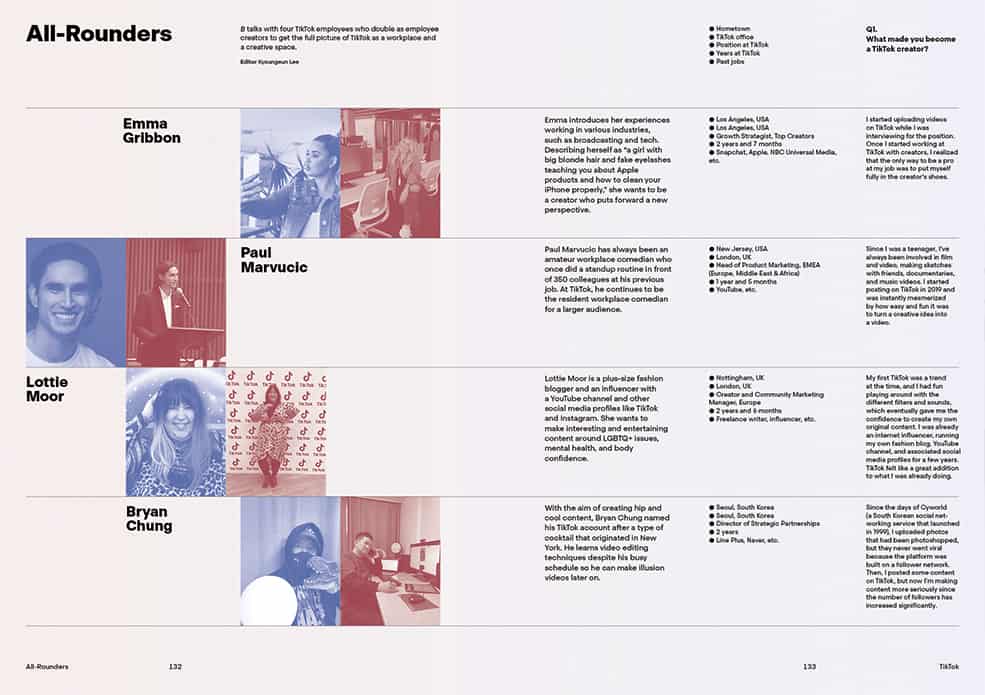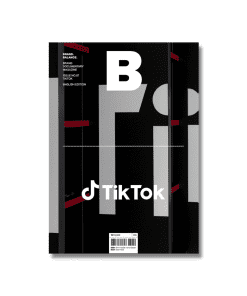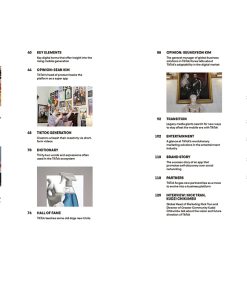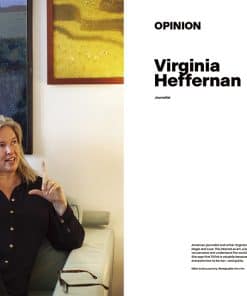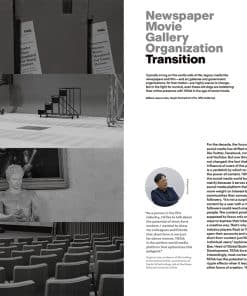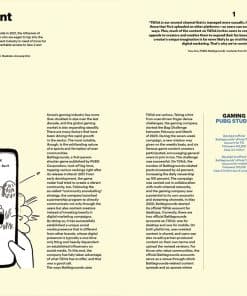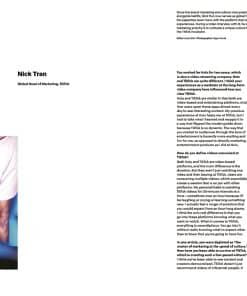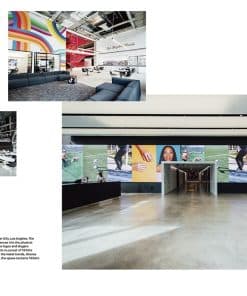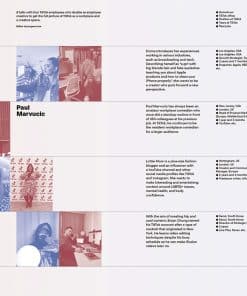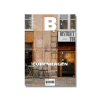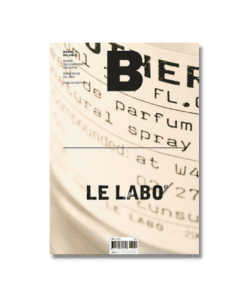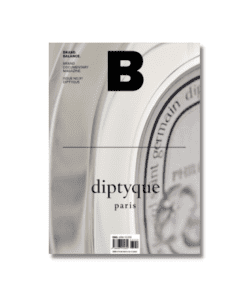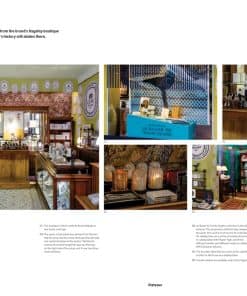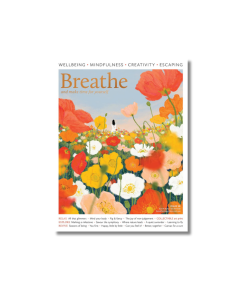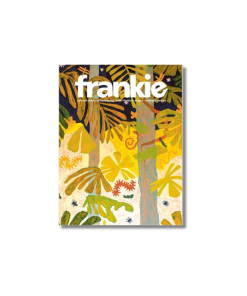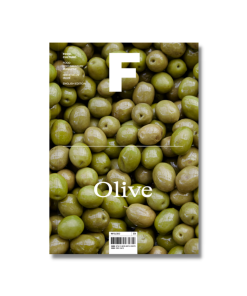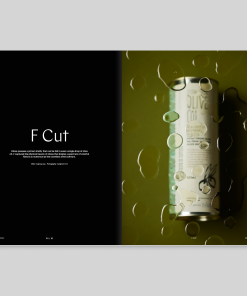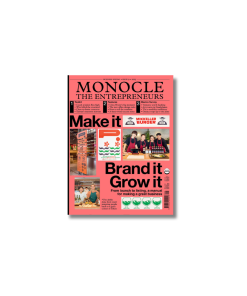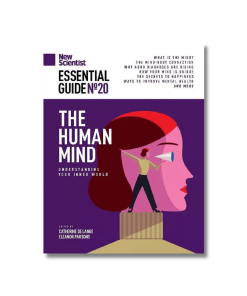Magazine B No.87 TIKTOK
480.000₫
TikTok is a global short-form mobile video platform launched by tech company ByteDance in 2017. Capitalizing on its algorithm that generates recommendations based on user interest rather than friend network, TikTok has rapidly risen as a smashhit entertainment platform. TikTok caters specifically to vertical videos less than one minute in length, and users can easily watch, make, or even recreate content with smart tools like Stitch and Duet. Above all, TikTok is credited for democratizing creativity through its “challenges,” amassing an enthusiastic following from Generation Z.
Welcome to the 87th issue of B.
If asked what improves quality of life, most people think of travel, good food, shopping, outdoor activities, or getting together with like-minded people. And we label the time we spend on these things as “quality time” too. During the past decade, the idea of worklife balance has emerged, and as more people have become accustomed to exposing their lives in part— or, for some, in whole—on social media, many have started to think that they should spend their personal time more productively. But I would argue that there is something just as essential as productive quality time that often gets overlooked: boring, idle moments that have no particular input or output. I personally believe that these moments contribute significantly to a person’s happiness or level of life satisfaction. After all, a few morsels of these moments are what make up an “average life.”
The history of unproductivity might be as old as human evolution itself, but mass media has long portrayed such activities as a sign of incompetence. Even new media platforms do not tolerate the idea of being unproductive. Pushed out of the frame by the overbearing presence of information, insight, self-aggrandization, or controversy, these banal life moments are thought of as something left behind in childhood. Without this issue’s brand focus—TikTok— we would probably never have realized the value of these moments. (OK, that might be a bit of an exaggeration.)
TikTok is a social media platform used to make shortform videos. Sparking enthusiastic responses first in the US, the app gained popularity with out-ofcontext, slightly weird, unfiltered vertical videos. Users challenge each other to unscrew a water bottle cap with a single roundhouse kick, make cereal out of tiny pancakes, or do funny group dances with family and friends. And these videos go absolutely viral, reaching hundreds of thousands of other users. It is no wonder why celebrities or famous artists develop alter egos on TikTok that are different from their other social networking accounts. Now, even brands and ad agencies are studying the service or have their employees become content creators.
It would be a big mistake to simply write this app off as a fad. TikTok, seated at the epicenter of fad creation, has more meticulous purposes and plans than any other digital platform. From the moment it is opened, the app unfurls a constant feed of new and intriguing videos regardless of the number of followers or following accounts. Aside from. a convenient watching experience, the app smartly enables users to create videos with minimal movement. And that is not all. In the world of creation, reproducing or duplicating original content is highly frowned upon, but TikTok has turned that idea on its head, spawning a culture built on the app’s special features. It could be said that TikTok is a prime example of how form defines the. content, and that form faithfully follows the human instinct to play. In the end, all this reminds me of a quote by philosopher Martin Heidegger: “It plays, because it plays. The ‘because’ withers away in the play. The play is without ‘why.’”
Eunsung Park
Content & Editorial Director
Cho phép đặt hàng trước

